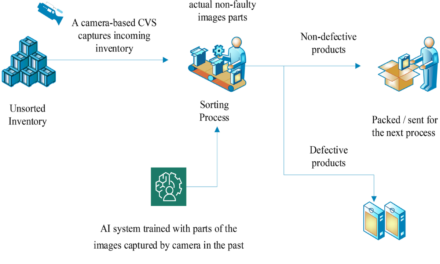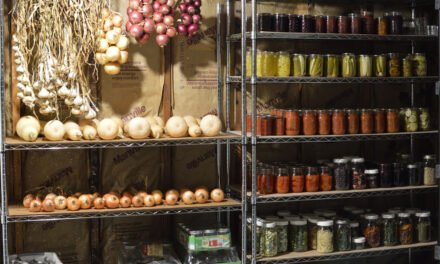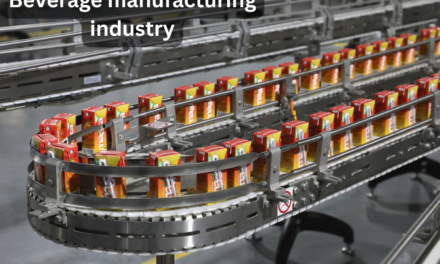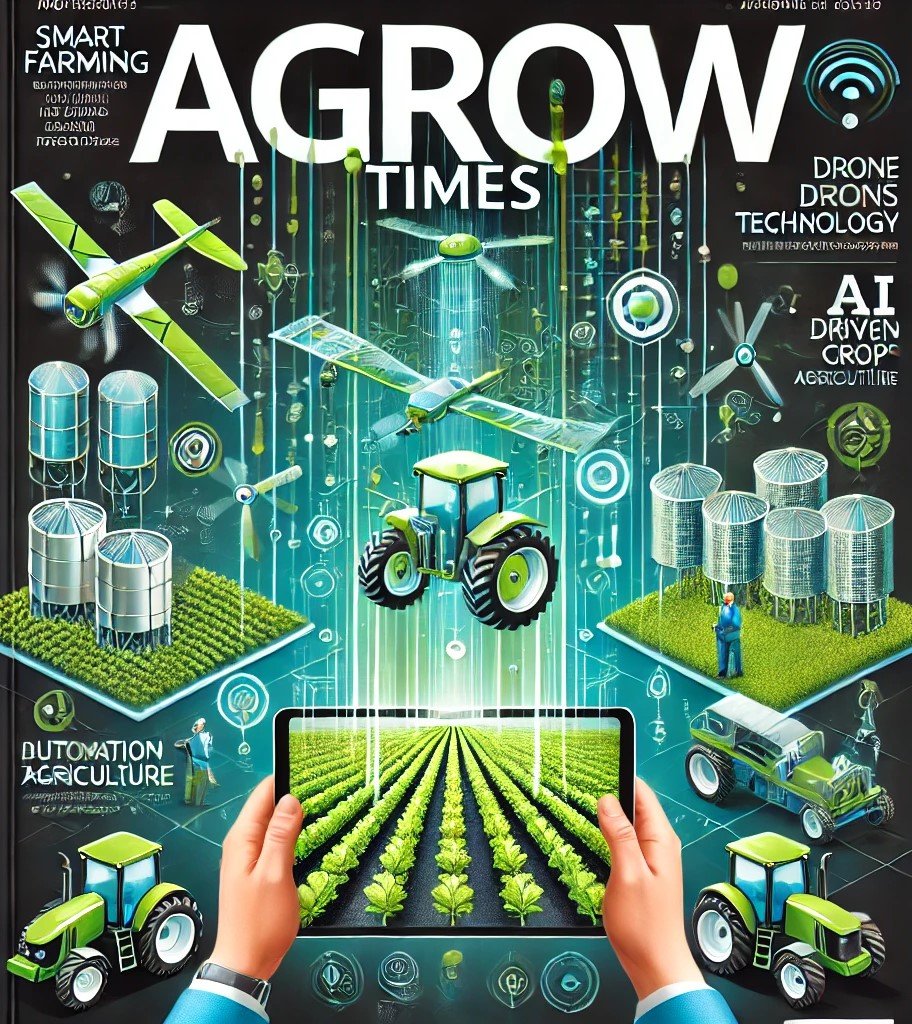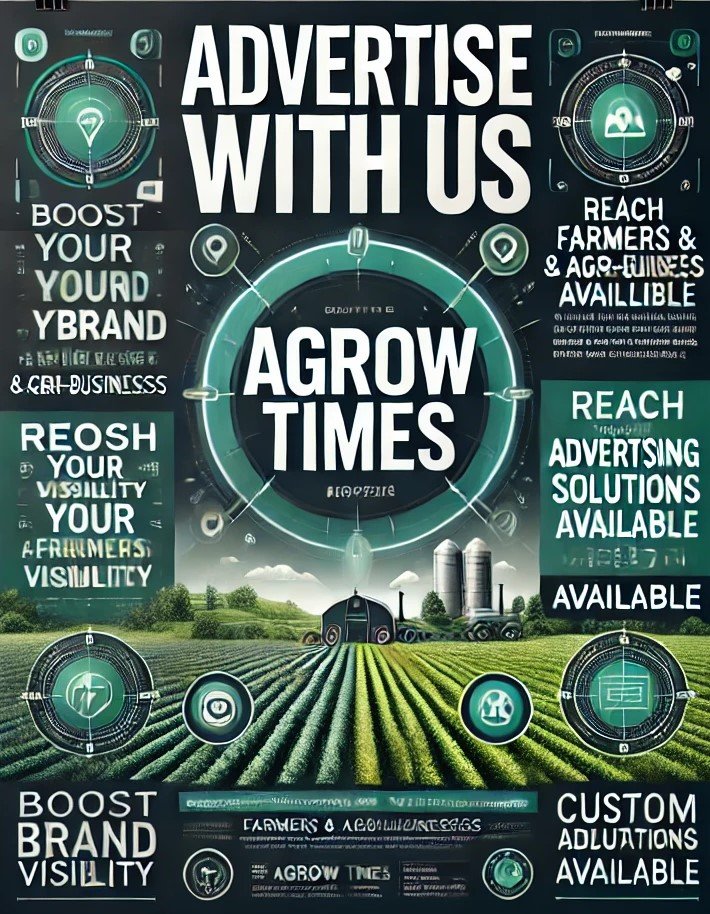A multi-utility tractor offers versatility and efficiency, making it an invaluable asset for modern farming and related tasks. Here are the key benefits:
1. Versatility Across Multiple Tasks
- Multi-utility tractors can perform a wide range of agricultural, industrial, and domestic tasks, including plowing, harrowing, planting, hauling, loading, and mowing.
- They are compatible with various implements, such as rotavators, balers, sprayers, loaders, and dozers, increasing their utility across different operations.
2. Cost-Effectiveness
- Investing in a multi-utility tractor eliminates the need to purchase multiple machines for different tasks, reducing capital expenditure.
- It minimizes operational costs by allowing a single machine to handle diverse activities, lowering maintenance and fuel expenses compared to maintaining separate equipment.
3. Enhanced Productivity
- With the ability to quickly switch between tasks, multi-utility tractors save time and increase operational efficiency.
- Their adaptability ensures year-round usage, even during off-seasons, for activities like land preparation, irrigation, or haulage.
4. Compact and Maneuverable
- Many multi-utility tractors are designed to be compact and agile, making them suitable for small and medium-sized farms or operations with limited space.
- They can easily navigate narrow farm paths, orchards, and uneven terrains, ensuring effective performance in diverse environments.
5. Improved Attachability
- These tractors are equipped with advanced hitch systems (like three-point hitches) and PTOs (Power Take-Off), making it easier to attach and operate various implements.
- Quick implement changes reduce downtime and simplify farm operations.
6. Fuel Efficiency
- Multi-utility tractors are designed to optimize fuel usage across different tasks, ensuring lower operational costs.
- Their engines are often built to deliver high torque at low RPM, further improving fuel efficiency.
7. Application Beyond Agriculture
- These tractors can be used in industrial and construction settings for tasks like material handling, earthmoving, and transporting goods.
- They also find use in public works, landscaping, and forestry, making them a multi-industry asset.
8. Operator Comfort
- Many modern multi-utility tractors come with ergonomic features like comfortable seating, easy-to-use controls, and climate-controlled cabins, reducing operator fatigue during long working hours.
- Advanced suspension systems provide smoother rides even on rough terrains.
9. Scalability for Farm Growth
- A multi-utility tractor can scale with farm needs, supporting the addition of new implements or handling increased workloads as operations expand.
10. Increased Resale Value
- Due to their versatility and year-round usability, multi-utility tractors tend to retain a higher resale value compared to task-specific tractors.
Examples of Common Applications
- Agriculture: Plowing, sowing, harvesting, irrigation, and transporting crops.
- Livestock Farms: Feeding operations, cleaning barns, and hauling manure.
- Construction: Earthmoving, material transport, and road maintenance.
- Forestry: Logging, transporting timber, and clearing land.
- Horticulture: Cultivating orchards and vineyards.
Conclusion
Multi-utility tractors provide farmers and operators with a flexible, cost-effective, and reliable solution for a wide range of tasks. Their ability to adapt to different roles makes them an excellent choice for small to medium-sized farms, mixed-use operations, and businesses that prioritize efficiency and versatility.
Hashtags
#FarmProductivity #EfficientFarming #ModernAgriculture #SmartAgri #PrecisionFarming #EcoFriendlyFarming #AdvancedTractors #InnovativeFarming #DigitalFarming #SmartFarmers #AgriTechRevolution #FarmingAutomation #EfficientMachinery #SustainableAgriculture #NextGenFarming #TractorTechnology #FarmingInnovation #SmartFarmingSolutions #AgriTechAdvancements #FarmingEfficiency



